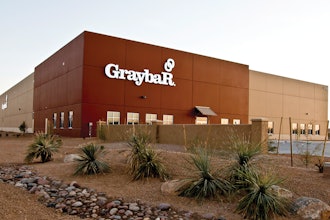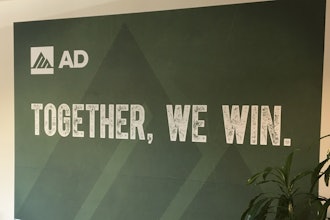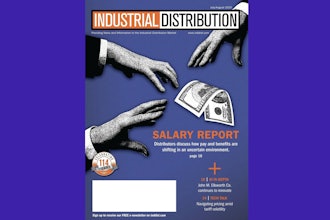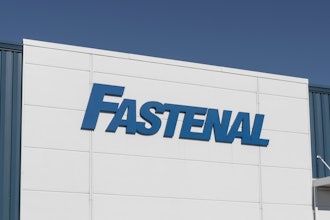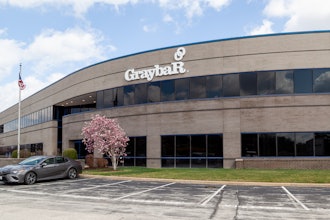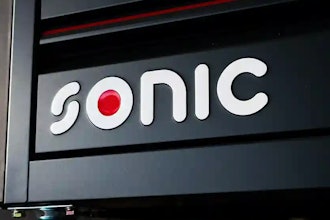The time-with-the-customer approach emphasizes product configuration, pricing, quotation, and proposal development. These are areas where a sale is won or lost, and can ultimately determine the success or failure of a company.
During the last 20 years, B2B manufacturers have invested heavily in applications designed to improve the prospect-to-revenue business process which includes functions such as lead generation, contact and account management, opportunity management, contracts, financing, and order entry. While these organizations saw a positive ROI, many found they ended up with disparate applications and pools of data that sometimes needed to be manually transferred from one application to another. For example, names and addresses collected in a lead generation system were not accessible by the applications used to create quotes, proposals, and contracts. Data from a quote was not accessible by the order entry system.
In order to create a central point for integrating disparate systems, and accelerating the prospect-to-revenue cycle, forward-thinking B2B manufacturers have shifted from the time-away-from-the-customer focus and towards the time-with-the-customer approach that utilizes configuration-pricing-quoting (CPQ ) technology to guide salespeople to match the right quotes to better meet customer needs on every order, resulting in closing the deal every time.
Focus on Time with the Customer
The time-with-the-customerapproach emphasizes product configuration, pricing, quotation, and proposal development. These are areas where a sale is won or lost, and can ultimately determine the success or failure of a company. This renewed focus is needed because salespeople face a number of challenges that impact sales success:
- Calculating prices from printed price sheets or Microsoft Excel files: This manual approach to pricing is disconnected from other business processes and requires redundant data entry by groups downstream.
- Quoting Delays: when product and price updates occur, it can take days for distribution to the worldwide sales force.
- Quote efficiency: It can take hours or even days to prepare a quote because salespeople do not have the latest information. They may be waiting for answers from product specialists, production managers and engineers.
- Pricing Controls: Lack of guidance or control for adjusting pricing especially evident in highly competitive deals where discounting is required. There is no mechanism to ensure the guidelines set by the organization are adhered to, and some deals may even be unknowingly sold at a loss. On the other hand, over-discounting can leave money on the table.
- Proposal Generation: Pieces (specifications, images, pricing, contract language) to assemble a generated proposal are usually in disparate locations and are often not the most current, especially if these items reside on the salesperson’s computer. Generated proposals may not contain all of the information needed for the prospect to make a decision, or it may not provide a clear and concise description of the proposed products.
- Archiving Standards: Without a central database of previous quotes to a customer, salespeople may have difficulty planning future sales or handling renewals.
- Outdated information. The lack of current product data and the complexity of configuring a product, make product and order accuracy as well as training new salespeople and selling partners difficult.
- Inconsistent approval processes: Approval processes required before submitting a quote to the customer is inconsistent or not followed at all. The data record for what was quoted may be lost or incomplete when it goes to the approvers. Regardless, it takes too much time and effort for sales professionals to chase approvals instead of being in front of customers and prospects.
- Inaccurate orders: Inaccuracy can result not only in repeated calls to the customer to clarify issues and offer concessions, but also in incorrectly placed orders leading to a longer sales cycle, increased costs, and sometimes the loss of the sale entirely.
Configuration-Pricing-Quoting (CPQ) Helps Salespeople Sell
B2B manufacturers who sell complex products and services know that customers rarely purchase off-the-shelf, so it is imperative to provide an application that guides a salesperson through the process of selecting products and options that match the customer’s needs. These types of applications, referred to as configuration-pricing-quoting (CPQ), provide immediate feedback as to whether the selected products and options are compatible. CPQ technology is enabled through sophisticated data modeling and rule evaluation. Each product and option in the database has business rules attached to it that determine price, compatibility with other products and options, and availability. A complex configuration can involve evaluating thousands of business rules each time an option is selected. Long-time vendors in the CPQ applications space have learned how to optimize this evaluation to ensure fast performance (critical for SaaS applications).
CPQ applications are “expert systems” – the data represents the knowledge of an organization’s engineers, legal staff, product specialists, and marketing experts. When salespeople and partners are armed with current product and pricing information, they can respond to customer requests and questions quickly and confidently. The proposed product configurations are accurately priced. Failure to achieve this results in lengthy sales cycles, eroded margins, lost sales to competitors, and delays when the contract is submitted.
Robust CPQ applications have built-in workflow to ensure manufacturers’ approval processes are met. For example, highly competitive sales situations may require additional discounting. One leading manufacturer of industrial products required that salespeople have the latitude to make price adjustments. When implementing the system the team required a set of rules to govern discounting. When discounts exceed a threshold set by the organization, the workflow component recognized the boundary and routed the quote to others in the organization for approval. Approval might be required in a particular sequence or from a set number of people in a group. In this case:
1. The salesperson finds that the discount he needs to win the deal exceeds his authorization level. The approval requests are automatically routed to the appropriate support group.
2. Even if multiple products from multiple divisions are included in the quote, the system knows who to route it to for initial approval.
After the product teams approve, the quote is automatically routed for regional manager and/or executive level approval if the discount needed to win the deal is above a certain percent.
By automating and regulating this complex process, salespeople aren’t wasting time thinking about “who needs to approve this?” or chasing the approval trail between departments, executives, and email chains. A structured approval process, a consistent use of language through the use of report templates, and a comprehensive revision history have the potential to meet some needs related to a manufacturer’s reporting and compliance requirements. Good historical data is also useful in sales intelligence efforts that analyze events that lead to successful sales so that those events can be repeated in future sales.
Sales teams with CPQ applications have the advantage in complex sales because all of the knowledge needed to generate a comprehensive and accurate proposal is at their fingertips. Manufacturers are able provide fast, accurate responses to the prospect, which conveys the ability to deliver complex products and services while their competitors are bogged down trying to collect product engineering specifications and pricing from multiple sources.
CPQ applications generate properly branded proposals to complement other materials from the organization. The prospect will have a clear understanding of the products being proposed and the benefits, and a high level of confidence in the organization’s ability to deliver what is promised.
Finally, don’t forget about partner sales channels. An investment in CPQ applications should be extendable to partners while limiting their view into the B2B manufacturer’s data. Partners will appreciate always having the latest product specifications and pricing, as well as the ability to generate branded, professional proposals.
Improved Efficiency for the Entire Prospect-To-Revenue Process
Salespeople and selling partners are more likely to accept and use an application that provides a clear benefit to them (specifically, faster cycles and increased sales). If the CPQ application is too complicated, or does not follow an intuitive sales process, it will be rejected. Equally as important, on the data side, maintaining all those business rules that drive product configuration and pricing should not be a herculean task. Rules can use simple logic syntax rather than complex programming languages so that product experts, not programmers, can maintain the data.
Implementing a CPQ application provides the manufacturer an opportunity to integrate disparate pools of data. For example, account and contact data can reside in or be synchronized with the CPQ application so that it’s available for inclusion in the proposal. The account and contact data is then included with the product configuration and pricing data that is exported from the CPQ application to the Order Entry system.
With a renewed focus on time-with-the-customer, B2B manufacturers can address the challenges faced by salespeople (and reduce salesperson turnover), improve response times to customers as well as improve the accuracy of the quotes presented, eliminating the information gaps that lead to redundant data entry. When CPQ is properly implemented the entire prospect-to-revenue process is executed with greater efficiency, less frustration, and more successful sales.
Dana Henriksen is the VP of Solutions and Delivery at FPX, LLC the leading provider of multi-tenant cloud-based CPQ applications. Dana can be reached at [email protected] or 866-826-6344.






